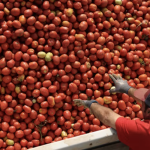Lowering Costs and Enriching the Soil – One Farmer’s Regenerative Journey
Added 4 months ago
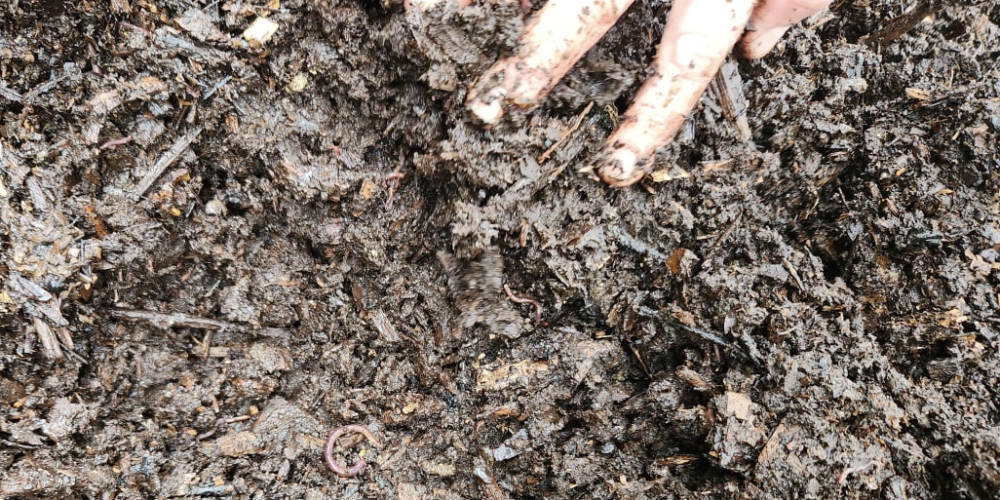
Kaukapakapa farmer Stephen Newman sees his land as a living sponge, alive with worms, dung beetles, and diverse vegetation. Once a conventional farmer, his approach changed after discovering regenerative farming, leading him to experiment with cover crops, short grazing rotations, composting, and dung beetle rearing on his 10-hectare block north of Auckland.
As founder of the Kaipara Regenerative Farming Group and member of Quorum Sense, Newman works to help farmers improve soil health, biodiversity, and water retention while reducing reliance on fertilisers and pesticides. His paddocks now thrive through both dry spells and heavy rain, thanks to practices that build soil structure and retain moisture.
He’s also part of the City to Farm project, turning 16 tonnes of food scraps from local schools, cafes, and a rest home into compost each season. By keeping costs low and using natural processes, Newman aims to make small-block farming profitable without off-farm work.
His focus is on practical results, showing farmers how high stock density grazing can quickly regenerate pasture, maintain ground cover, and protect soil biology. For some, the appeal isn’t carbon storage or climate change mitigation, it’s healthier land, lower costs, and stronger farm resilience.
Listen to the full story on the Country Life podcast.
Join the conversation
Be the first to leave a comment.
Leave a comment
All comments are reviewed before they are published on the website. Your email address will not be published.
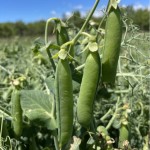
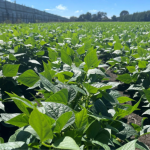

Community Engagement and Knowledge Sharing Strengthen the Carbon Positive Project
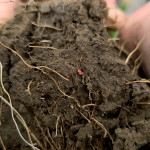

Farewell to Trustee Phil Schofield – A Foundational Leader of the HBFFCT
